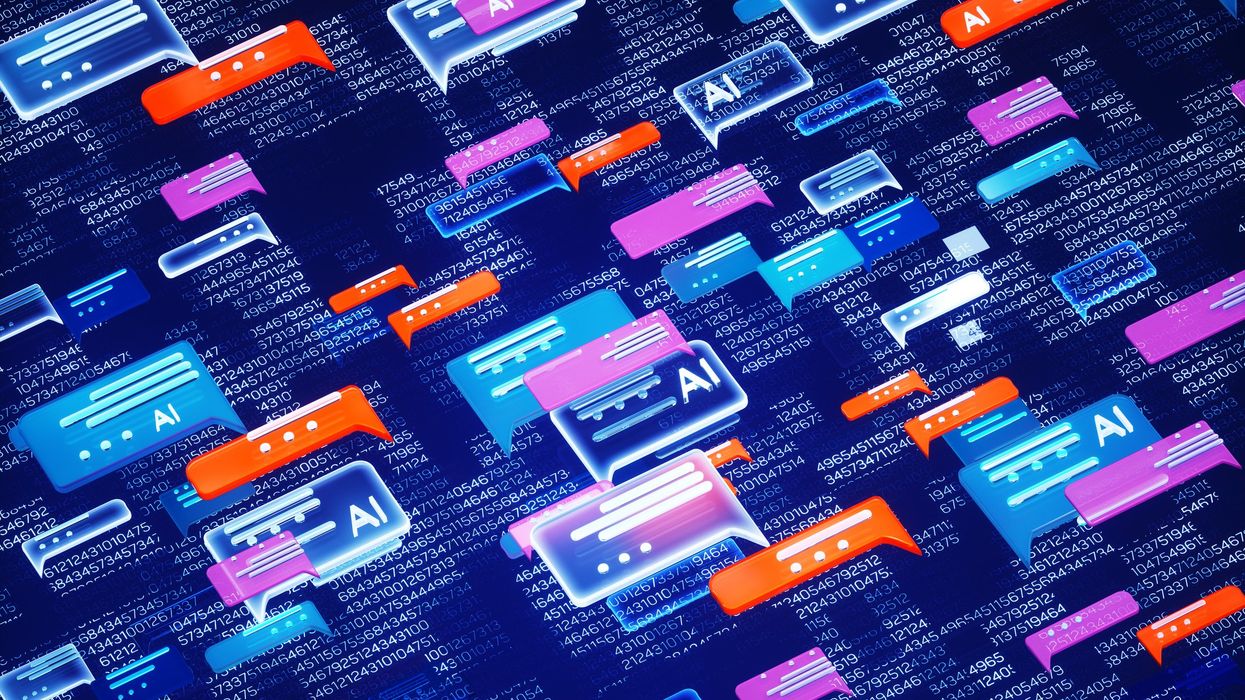This morning’s announcement that Nvidia and AMD will resume selling AI chips to China on the condition that they surrender 15% of their revenue from those sales to the U.S. government marks a jarring inflection point in American industrial policy.
This is not just a transaction workaround for a particular situation. This is a major philosophical government policy shift.
What was once a matter of national security has now somehow become a transactional arrangement that is essentially a pay-to-export policy that blurs the line between protective regulation and economic extortion.
The deal, reportedly brokered after Nvidia CEO Jensen Huang met with President Trump, allows the companies to sell their H20 and MI308 chips in China, a market that previously accounted for billions in revenue.
There were two immediate responses from two former officials and trade experts who voiced strong concerns. Christopher Padilla, former head of the Commerce Department’s International Trade Administration, called the deal “astonishing,” likening it to “a mix of bribery and blackmail” and warning it may be “possibly illegal” and Peter Harrell, a fellow at the Carnegie Endowment for International Peace, said the arrangement sets a “terrible precedent,” noting that national security export controls should not be relaxed in exchange for financial concessions
The unintended consequences of a government policy are unknown, and the potential cost of access is steep, not just financially, but philosophically. This arrangement contradicts the very principles Republicans have long championed: free enterprise, limited government interference, and a clear separation between national security and commercial interest.
History provides some lessons.
Consider the Jackson-Vanik Amendment of 1974, which tied trade relations with the Soviet Union to human rights benchmarks, particularly the freedom of emigration for Soviet Jews. It was a moral stand, using trade as leverage to promote democratic values. But it was also transparent, legislated, and principled—even if imperfect.
Today’s chip deal with China lacks that moral clarity. It’s not about human rights or democratic norms. It’s about money. The 15% levy isn’t a tariff, a sanction, or a strategic investment. It’s effectively just a tax on corporations. And unlike Jackson-Vanik, it wasn’t debated in Congress or anchored in law. It was brokered behind closed doors, with the executive branch acting as both regulator and beneficiary.
This blurring of roles recalls the worst instincts of economic policy, where governments extracted rents from private enterprise under the guise of national interest. It also evokes the “crony capitalism” of post-Soviet Russia, where access to markets was contingent on political favor and financial tribute.
This policy sets a dangerous precedent by monetizing export permissions, effectively transforming the federal government into a tax collector on global commerce. It’s a dangerous slope. If the U.S. can demand a revenue cut for chip sales to China, what stops it from doing the same for pharmaceuticals to Europe, or software to Latin America? The logic of national security becomes a flexible pretext for economic leverage, and the private sector is left navigating a landscape where policy is shaped not by principle, but by deal-making.
This isn't an industrial strategy, but essentially it's economic policy to the highest bidder. And it sends a troubling signal to allies and adversaries alike: that American innovation is for sale, and its gatekeeper is no longer Congress or the Constitution, but the highest bidder in the West Wing.
If Congress is serious about reshoring supply chains, protecting intellectual property, and countering China’s techno-authoritarianism, then it must reject this ad hoc monetization of policy. True industrial strategy requires coherence, transparency, and a commitment to long-term national interest, not short-term revenue schemes. This should be embraced by Democrats and Republicans alike. Otherwise, we risk becoming the very system we claim to oppose: one where power is transactional, markets are politicized, and innovation is hostage to the whims of the state.
David Nevins is co-publisher of The Fulcrum and co-founder and board chairman of the Bridge Alliance Education Fund.




















A deep look at how "All in the Family" remains a striking mirror of American politics, class tensions, and cultural manipulation—proving its relevance decades later.
All in This American Family
There are a few shows that have aged as eerily well as All in the Family.
It’s not just that it’s still funny and has the feel not of a sit-com, but of unpretentious, working-class theatre. It’s that, decades later, it remains one of the clearest windows into the American psyche. Archie Bunker’s living room has been, as it were, a small stage on which the country has been working through the same contradictions, anxieties, and unresolved traumas that still shape our politics today. The manipulation of the working class, the pitting of neighbor against neighbor, the scapegoating of the vulnerable, the quiet cruelties baked into everyday life—all of it is still here with us. We like to reassure ourselves that we’ve progressed since the early 1970s, but watching the show now forces an unsettling recognition: The structural forces that shaped Archie’s world have barely budged. The same tactics of distraction and division deployed by elites back then are still deployed now, except more efficiently, more sleekly.
Archie himself is the perfect vessel for this continuity. He is bigoted, blustery, reactive, but he is also wounded, anxious, and constantly misled by forces above and beyond him. Norman Lear created Archie not as a monster to be hated (Lear’s genius was to make Archie lovable despite his loathsome stands), but as a man trapped by the political economy of his era: A union worker who feels his country slipping away, yet cannot see the hands that are actually moving it. His anger leaks sideways, onto immigrants, women, “hippies,” and anyone with less power than he has. The real villains—the wealthy, the connected, the manufacturers of grievance—remain safely and comfortably offscreen. That’s part of the show’s key insight: It reveals how elites thrive by making sure working people turn their frustrations against each other rather than upward.
Edith, often dismissed as naive or scatterbrained, functions as the show’s quiet moral center. Her compassion exposes the emotional void in Archie’s worldview and, in doing so, highlights the costs of the divisions that powerful interests cultivate. Meanwhile, Mike the “Meathead” represents a generation trying to break free from those divisions but often trapped in its own loud self-righteousness. Their clashes are not just family arguments but collisions between competing visions of America’s future. And those visions, tellingly, have yet to resolve themselves.
The political context of the show only sharpens its relevance. Premiering in 1971, All in the Family emerged during the Nixon years, when the “Silent Majority” strategy was weaponizing racial resentment, cultural panic, and working-class anxiety to cement power. Archie was a fictional embodiment of the very demographic Nixon sought to mobilize and manipulate. The show exposed, often bluntly, how economic insecurity was being rerouted into cultural hostility. Watching the show today, it’s impossible to miss how closely that logic mirrors the present, from right-wing media ecosystems to politicians who openly rely on stoking grievances rather than addressing root causes.
What makes the show unsettling today is that its satire feels less like a relic and more like a mirror. The demagogic impulses it spotlighted have simply found new platforms. The working-class anger it dramatized has been harvested by political operatives who, like their 1970s predecessors, depend on division to maintain power. The very cultural debates that fueled Archie’s tirades — about immigration, gender roles, race, and national identity—are still being used as tools to distract from wealth concentration and political manipulation.
If anything, the divisions are sharper now because the mechanisms of manipulation are more sophisticated, for much has been learned by The Machine. The same emotional raw material Lear mined for comedy is now algorithmically optimized for outrage. The same social fractures that played out around Archie’s kitchen table now play out on a scale he couldn’t have imagined. But the underlying dynamics haven’t changed at all.
That is why All in the Family feels so contemporary. The country Lear dissected never healed or meaningfully evolved: It simply changed wardrobe. The tensions, prejudices, and insecurities remain, not because individuals failed to grow but because the economic and political forces that thrive on division have only become more entrenched. Until we confront the political economy that kept Archie and Michael locked in an endless loop of circular bickering, the show will remain painfully relevant for another fifty years.
Ahmed Bouzid is the co-founder of The True Representation Movement.